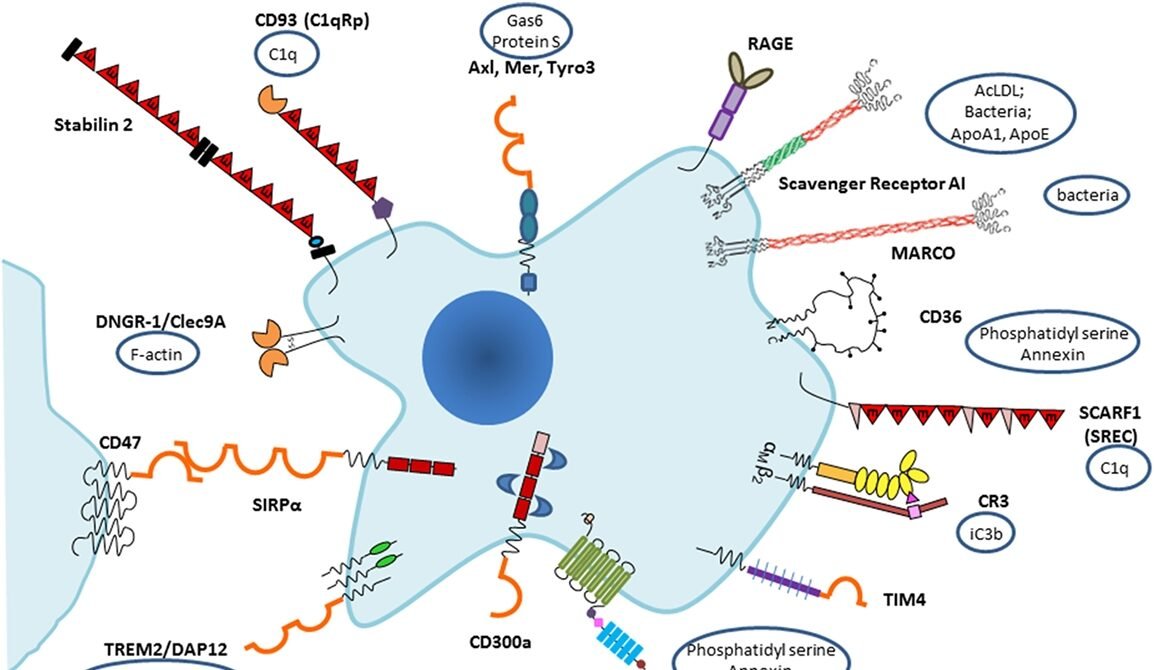In an effort to understand the mechanisms of cell clearance, a recent study examined the process of apoptosis, or programmed cell death, in T cells. The study also looked at how phagocytes, particularly macrophages, recognize and engulf apoptotic cells in a process called efferocytosis. This process is crucial for maintaining the body’s health and balance by ensuring the non-inflammatory removal of dying cells.
Mucins and Their Role in Signaling “Don’t Eat Me”
The researchers proposed that during apoptosis, T cells need to downregulate their “don’t eat me” signals to facilitate efficient phagocytosis. These signals are mainly attributed to mucin domain-containing glycoproteins, which have anti-adhesive properties. The researchers hypothesized that the shedding of specific mucins, facilitated by the enzyme ADAM10, enhances the recognition and clearance of apoptotic T cells by macrophages.
Experimentation and Findings
The study investigated the expression of mucins in both immortalized and primary human T cells and examined how these molecules are modulated during apoptosis induced by various methods, such as staurosporine, dexamethasone, and UV radiation. The researchers consistently observed a downregulation of mucins in apoptotic T cells. Interestingly, this downregulation was not caused by internalization or degradation but rather by enzymatic cleavage, particularly by the enzyme ADAM10.
The Role of ADAM10 and Caspase 3 Activated Scramblase XKR8
When ADAM10 was inhibited, the mucins remained intact on the apoptotic T cells, suggesting its primary role in mucin shedding. The researchers also examined baseline mucin cleavage in healthy T cells and found minimal loss of mucins, indicating regulated sheddase activity in non-apoptotic cells. It was proposed that during apoptosis, ADAM10’s activity may be activated by caspase 3 activated scramblase XKR8, a protein known to assist in the flipping of phosphatidylserine within apoptotic cell membranes.














